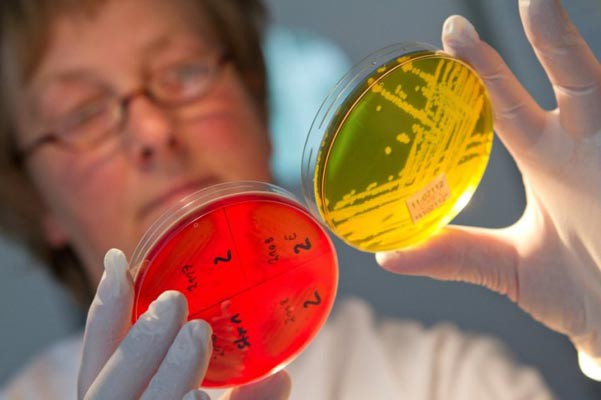Order a callback


Order a call

Order a service
 26.09.2018
26.09.2018
Among human infectious pathologies, a significant place is occupied by viral gastroenteritis, which is caused by various viruses and is characterized by moderate intoxication and primary damage to the digestive organs. According to numerous studies and clinical observations, the leading place belongs to gastroenteritis caused by rotaviruses, in second place in frequency are norovirus and astrovirus gastroenteritis.
Diseases of this group are widespread in all countries of the world, including Kazakhstan. The incidence of viral diarrhea is recorded in all seasons of the year with an increase in the level in the autumn and winter periods. In addition, these viruses most often affect children aged 0 to 6 years and elderly people over 60 years of age.
The source of infection is a sick person or a virus carrier. The patient becomes infectious from the beginning of the development of clinical symptoms and remains infectious for 1-8 days, rarely up to 2-3 weeks. Asymptomatically infected patients, as well as patients with acute manifest (manifesting) infection, can shed viral particles for three weeks or more after infection.
Infection occurs through nutritional , water and household contact routes. Transmission factors include food products that have not been subjected to heat treatment, as well as water and household items contaminated with viral particles. Rota/astro/noroviruses have been proven to be highly contagious (infectious). As noted in the laboratory, less than 10 viral particles are enough to cause disease if they enter the gastrointestinal tract of a healthy adult.
The diagnosis of rota/astro/norovirus infections is established on the basis of clinical, epidemiological data and mandatory laboratory confirmation (detection of markers of noro, astro, rotaviruses by ELISA, PCR).
The materials for laboratory diagnostics are feces and environmental samples (drinking water, open water, food products). Sanitary-virological studies of environmental samples include PCR studies: detection of genetic material of ribonucleic acid (hereinafter referred to as RNA), deoxyribonucleic acid and identification of infectious intestinal viruses.
Fecal samples are taken in the first hours and days of illness into sterile vials and sent to the laboratory in containers with cold elements. To detect the rota/astro/norovirus antigen, a 20% suspension of feces is pre-prepared.
Sampling for sanitary virology (drinking water, open water, food products) is carried out on the basis of approved